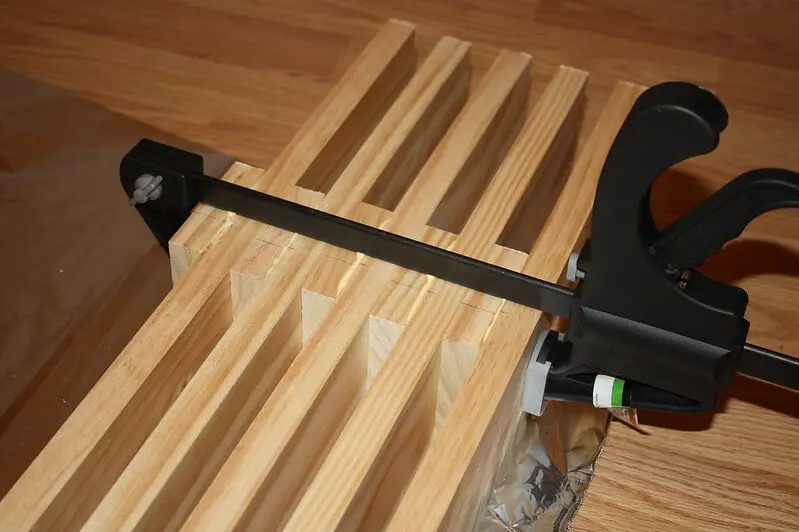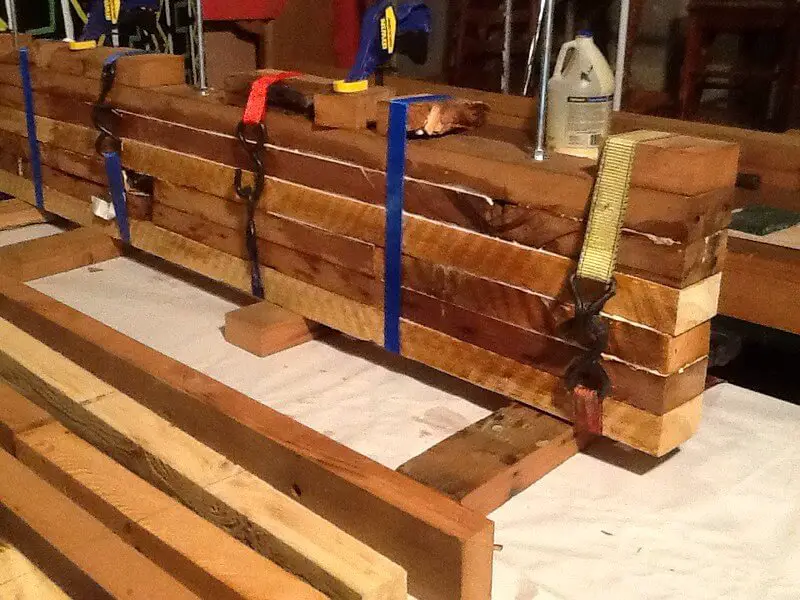When it comes to woodworking, the right glue can be the difference between completing your project and abandoning it halfway through. So what are the types of wood glue? There are several different kinds, but they generally fall into four categories. Let’s look at those types of wood glue so you can pick the right one the next time you glue up some furniture or even build a house!
Weatherproof and boil-proof glues
When a component or joint is likely to be directly exposed to weather, either during its life or for lengthy periods during erection, it is necessary to use a BS EN 301 type I adhesive, which can match the ‘weatherproof and boil proof’ (WBP) requirements of BS EN 391.

These glues usually are gap-filling thermosetting resorcinol–formaldehyde (RF), phenol-formaldehyde (PF), or phenol/ resorcinol–formaldehyde (PF/RF) resin adhesives. They are required where there is a high hazard from weather, temperatures approaching 50 °C or higher, high humidity, or a chemically polluted atmosphere.
They are often used (sometimes with a filler) for structural finger jointing. These glue types require careful quality control during storage, mixing, application and curing, and are therefore normally
intended for factory use.
Boil-resistant or moisture-resistant glues
When a component is unlikely to be subjected to any severe atmospheric conditions once in place and is only likely to receive slight wettings during transit and erection, it may be possible to use an adhesive that matches the ‘boil resistant’ (BR) type.
These are generally gap-filling melamine/urea–formaldehyde (MF/UF) or certain other modified UF adhesives that can match the BR or MR requirements.
They are usually cheaper than WBP adhesives. For certain low-hazard situations, it might be possible to use an adhesive that matches only the ‘moisture-resistant and moderately weather-resistant (MR) requirements of BS 1204: Part 1.
These usually are urea–formaldehyde (UF) adhesives, perhaps modified to match the MR requirements. They require careful quality control during storage, mixing, application and curing and are generally intended for factory use.
Interior glues
A structural component is not generally bonded with an adhesive that matches only the ‘interior’ (INT) requirements of BS 1204: Part 1. There are exceptions, perhaps where a site joint is required or where control of the gluing cannot be guaranteed to a sufficient degree to enable a WBP, BR, or MR glue to be used. An ‘interior’ glue should be used only when the designer can be sure that the glue joint will not be subjected to moisture or high temperature.

A typical non-structural adhesive commonly available in the marketplace is polyvinyl acetate (PVA). This adhesive is subject to high creep and deterioration in a moist environment. Developments of the internal bonding characteristics of PVA have led to the ‘cross-linked PVA’ that has good weathering characteristics but is slightly more flexible (‘rubbery’) than the traditional wood adhesives.
It, therefore, has application for joinery rather than structural members, but it indicates future adhesive development and the reasons for moving towards performance specifications.
Epoxy resins
Epoxy resins are increasingly applied in timber engineering, particularly in bonding steel and timber. They can be instrumental in localized situations such as ensuring actual bearing in a compression joint between timber and a steel bearing plate or, for example, in sealing the possible gaps between a timber post and a steel shoe. The resin is mixed with an inert filler such as sand in such compression joints to reduce the cost.

